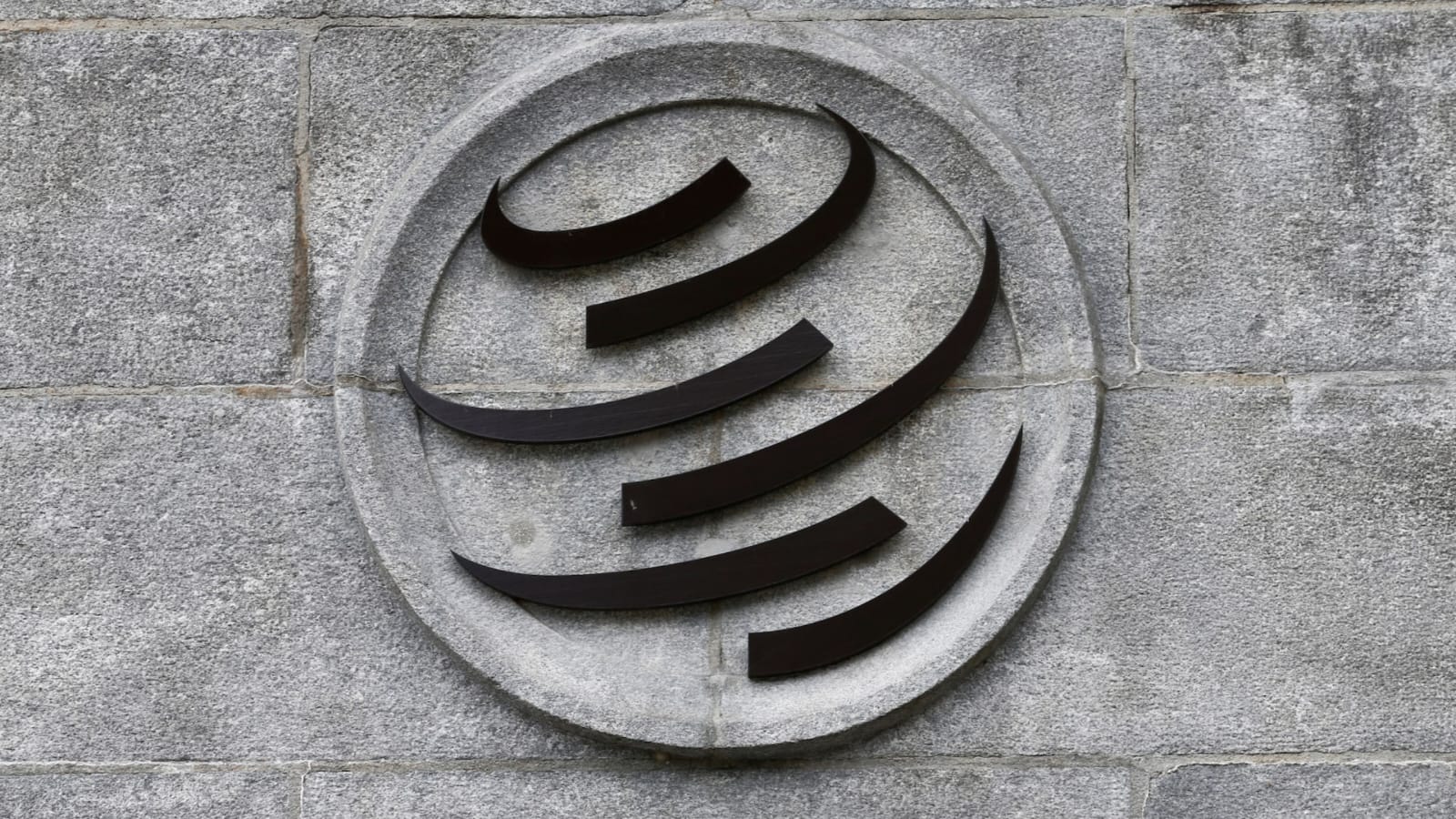Windows at 50: Microsoft’s Legacy of Digital Innovation

Celebrating 50 years of innovation, Microsoft has grown from a garage startup into a global leader in technology. At the heart of its journey lies Windows—the operating system that changed how we use computers. This blog explores the milestones, leadership decisions, and transformative choices that turned Windows into a flexible, open platform, still leading the way in the digital age.
A Legacy of Innovation
Fifty years ago, two young tech enthusiasts had a vision: to make computing accessible to everyone. What started as a small software company evolved into one of the most powerful names in technology. Microsoft has spent five decades redefining the way the world interacts with computers, and its most iconic contribution to that journey is undoubtedly Windows.
From the early days of clunky machines and limited interfaces to today’s sleek and interconnected digital environments, Microsoft’s Windows has been a constant presence—evolving, adapting, and innovating every step of the way.
The Birth of Windows: Making Computers Personal
In the early years of personal computing, using a computer meant dealing with complicated commands. There were no graphics, no windows to move around—just lines of code on a black screen. Microsoft saw the opportunity to make computing simpler and more user-friendly. In 1985, it introduced the first version of Windows—a graphical user interface that worked on top of the existing MS-DOS system.
This innovation marked a turning point. For the first time, users could interact with their computers visually, using a mouse to click, drag, and open windows. It made computing accessible to people beyond tech professionals and hobbyists. Windows quickly became a staple in homes, schools, and offices around the world.
Climbing the Ladder: From Operating System to Ecosystem
As computing needs evolved, so did Windows. Microsoft released updated versions of its operating system regularly, each time with new features, improved security, and better design. Windows 95, for example, introduced the Start Menu and taskbar—elements that became central to the Windows experience. Windows XP was known for its stability and widespread adoption. Windows 7 brought speed and simplicity.
More than just an operating system, Windows became a platform. It hosted software from millions of developers, powering everything from word processors to complex business tools. With Windows as its foundation, Microsoft built an ecosystem that connected hardware manufacturers, software developers, businesses, and consumers.
Leadership That Transformed the Company
The journey of Microsoft is not just about technology—it’s also about the people steering it. Over the decades, leadership at Microsoft played a major role in shaping its direction. In recent years, under the leadership of Satya Nadella, the company has undergone a cultural and strategic transformation.
Nadella brought a mindset shift—encouraging openness, collaboration, and cloud-first thinking. He led the company away from a rigid, software-only model and turned it toward cloud computing, artificial intelligence, and services. These changes had a direct impact on Windows, which began to open up and evolve with the needs of a modern, connected world.
From Closed Walls to Open Doors: Embracing Openness
One of the most remarkable changes in Microsoft’s recent history has been its embrace of open-source technology. Traditionally, Microsoft was known for its closed software model, where code was proprietary and developers had limited flexibility. That changed when the company began contributing to open-source projects and acquiring platforms that supported collaborative development.
This openness reshaped how Windows worked. It became more compatible with different programming languages, more integrated with cloud services, and more flexible for developers. The introduction of features like Windows Subsystem for Linux (WSL) allowed programmers to run Linux tools directly on Windows. This broke down long-standing walls and invited innovation from a wider global community.
The Windows of Today: Designed for a New Generation
Today, Windows is more than an operating system. It’s a dynamic, evolving platform that adapts to how people live and work in the digital era. It supports remote work, cloud connectivity, smart devices, and more. The integration of artificial intelligence into Windows systems has made it more intuitive. Features like voice assistance, smart search, and automatic updates have changed how users interact with their devices.
Windows also continues to serve professionals, gamers, students, and creatives alike. It powers desktops, laptops, tablets, and hybrid devices—meeting diverse needs with a consistent, familiar experience.
AI and the Future of Windows
One of the most exciting frontiers for Windows is its integration with artificial intelligence. The operating system is gradually becoming smarter—able to assist with tasks, improve productivity, and personalize user experiences. Whether it’s through built-in AI assistants or tools that analyze user behavior to offer suggestions, Windows is preparing for a future where computers are not just tools, but collaborators.
AI is also reshaping how Windows handles accessibility, language translation, cybersecurity, and energy efficiency. As this technology grows, Windows is positioning itself as a platform that not only runs programs but also understands and anticipates human needs.
Quantum Computing and Beyond
Microsoft is investing in areas that go far beyond traditional software, including quantum computing. Though still in its early stages, this technology promises to solve complex problems at speeds unimaginable today. As part of this future vision, Windows may one day be part of a computing environment where quantum and classical systems work side-by-side, offering unparalleled performance for scientific, financial, and industrial applications.
As Microsoft stands at the 50-year mark, the story of Windows is far from over. It has transitioned from a simple interface solution to a robust, adaptable, and open platform. Its evolution mirrors the changing landscape of technology itself. Through consistent innovation, openness to change, and a commitment to making technology more human, Windows continues to shape the world.
The operating system that once made computers easier to use is now helping us reimagine what computers can do. Its journey tells us that adaptability is key, and that the best way to stay relevant is to never stop evolving.







